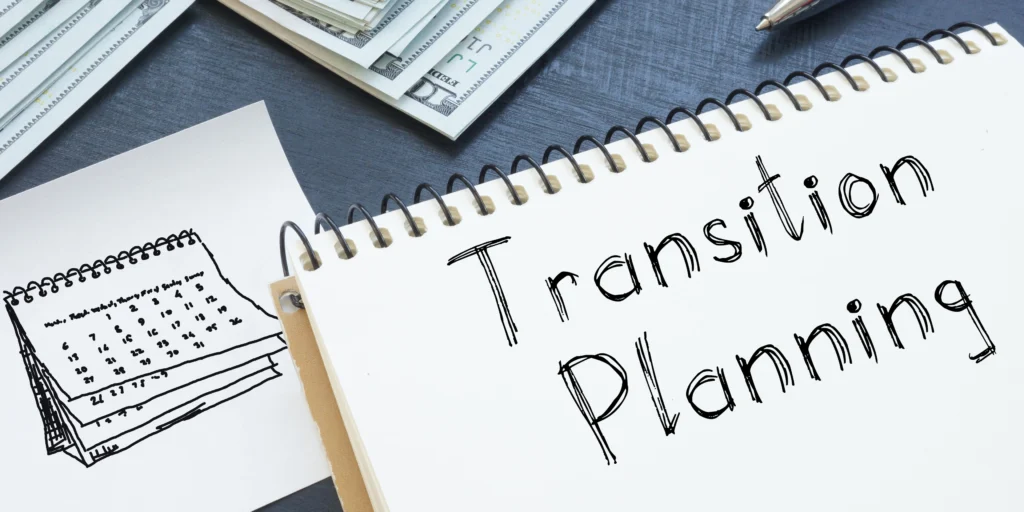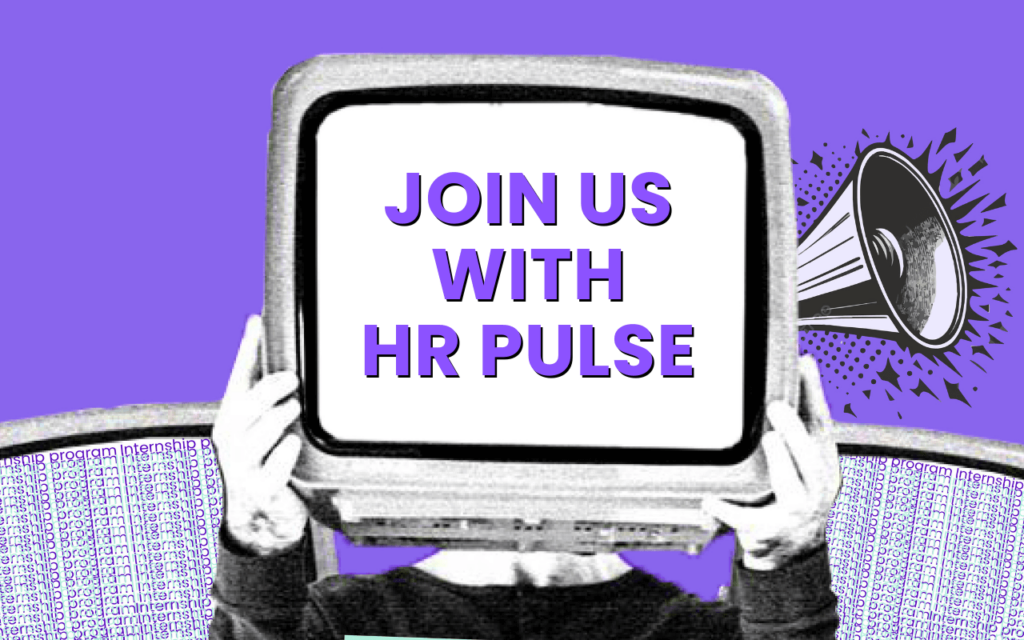A transition plan is a strategic framework that outlines the steps and processes necessary for successfully navigating changes within a business. An employee transition plan can involve shifts in leadership, organizational structure, or even integrating new technologies. By providing a clear roadmap, a transition plan ensures everyone understands their roles and responsibilities, minimizing confusion during the adjustment period.
Transition planning is crucial for any organization aiming to maintain stability and momentum during periods of change. When companies undergo transitions, whether it’s a change in management, a merger, or introducing new systems, having a solid plan can make all the difference. A well-crafted transition plan helps mitigate risks, foster employee engagement, and build stakeholder trust. It ensures that the organization remains focused on its goals and continues to operate effectively, even as shifts occur.
What is an Employee Transition Plan?
Employee transition plans are dynamic documents that managers utilize to facilitate organizational changes. Whether an employee is leaving their position or stepping into a new one, a transition plan helps streamline the entire process.
These plans serve as a roadmap for managers, allowing them to outline actionable steps during change and steer transitioning employees toward success. While employee transition plans can also benefit training and developing new hires, they are primarily implemented when someone resigns or moves on from their role. This includes scenarios where an employee departs the organization entirely or takes on a different role within the same company.
Such transitions are often some of the most challenging for organizations, so having a detailed plan in place is crucial. Regardless of the circumstances, a transition plan can ensure these changes are as smooth as possible.
Managers often use these plans to coordinate a range of tasks and details associated with an employee’s transition out of a role, including:
- Identifying who will assume their responsibilities
- Determining which duties will need to be reassigned
- Notifying relevant parties about the transition
- Outlining daily tasks to be completed until the resignation date
- Organizing feedback opportunities and conducting exit interviews
- Establishing the official transition date
- Planning for workspace modifications
- Managing administrative actions, such as updating directories
- Ending benefits enrollment when necessary
- Preparing materials to assist their successor
- Planning knowledge and skill transfers to the new hire
- Training successors effectively
Given the many tasks for managers to address during an employee's transition, documenting these responsibilities and outlining clear steps can significantly enhance the process for everyone involved. Creating a written plan holds transitioning team members accountable for their ongoing work and provides a coherent overview for their successors, making the transition smoother and more efficient.
Tips To Create An Effective Transition Plan
For example, a transition plan can vary based on the specific circumstances, but there are some essential steps that all managers can take to ensure a successful strategy. Here are seven steps to follow when crafting an effective transition plan.
Create an Organizer
The first step in developing a robust transition plan is to create an organizer or a person in charge. Given the array of duties that need addressing during a transition, it’s crucial to have a clear format to coordinate these responsibilities. An organizer is a central location for all the details related to the employee’s transition, making it easier to track everything in one document.
Identify Key Stakeholders to Inform
For instance, in the case of an employee transition plan, it's important to determine who needs to be notified about the transition. Some staff members will be directly affected, so it’s essential to prioritize communication with those individuals. Adopt a need-to-know approach to balance transparency with the privacy of the transitioning employee. Consider what information is necessary for others to know; if someone isn’t directly impacted, they may not be informed immediately.
Develop a Communication Strategy for Staff
Within your transition plan, outline a communication strategy for informing staff members about the change. Once you know who needs to be notified, collaborate with the departing employee to draft the message that will be shared with their colleagues. This cooperative approach can help ensure that everyone feels comfortable and prepared when the announcement is made.
Challenges in Transition Planning
Finally, a lack of resources or support can hinder the transition process significantly. Whether it's insufficient personnel, inadequate training tools, or limited budgetary allowances, such constraints can affect how a transition unfolds and pressure the HR team. Organizations must allocate appropriate resources and support systems to help facilitate a successful transition. This might include training sessions, mentorship programs, or even dedicated time for employees to adapt to their new roles.
Resistance to Change
One of the most significant obstacles in any transition is resistance to change. Employees may feel apprehensive about new roles, responsibilities, or team dynamics, leading to pushback against the transition plan. This resistance can stem from fear of the unknown or concerns about how their work will be affected. Addressing these feelings through open communication and support can help mitigate resistance and encourage a more positive attitude toward the changes.

Miscommunication and misunderstandings
Clear communication is vital during any transition, but misunderstandings can easily arise if messages are not conveyed effectively. If employees are unclear about the details of a transition, it can lead to confusion, frustration, and even resentment. Ensuring that everyone involved has access to the same information and providing opportunities for questions can help minimize miscommunication and foster a smoother transition.
Unrealistic timelines
Another challenge is setting unrealistic timelines for the transition process. Transitioning into new roles or restructuring teams takes time, and rushing through these changes can lead to oversights and errors. Managers must develop a sensible timeline that allows ample time for training, feedback, and adjustments. Setting achievable deadlines helps ensure that the transition is thorough and sustainable rather than hasty and chaotic.
Lack of resources and support
Finally, a lack of resources or support can hinder the transition process significantly. Whether it's insufficient personnel, inadequate training tools, or limited budgetary allowances, such constraints can affect how a transition unfolds. Organizations need to allocate appropriate resources and support systems to help facilitate a successful transition. This might include training sessions, mentorship programs, or even dedicated time for employees to adapt to their new roles.
Recognizing these challenges in transition planning equips managers with the insight to address potential issues proactively. By anticipating these obstacles, they can create a more robust plan that supports both the organization and its employees during times of change.
Become a part of the Paismo community
Paismo HR software can help simplify your HR processes. In today's dynamic economic environment, efficient HR and automated payroll management are no longer a luxury but a necessity. Paismo is a comprehensive solution transforming traditional HR complexes into streamlined and automated workflows. Paismo and its paired biometric devices can be used for your business to mark employee attendance and record their timesheets accurately.
Paismo simplifies your tasks with its core HRMS, timesheets, and attendance management, as well as biometric attendance, payroll automation, and leave management system.
Take the first step toward modernizing your HR and payroll processes and explore what Paismo can do for you. Book a demo with our exceptional sales team here.











